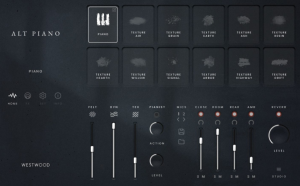I reimagined music for a scene from the horror film Rings:
Category: Composing
Drama Film Cue
Drama music I composed for practice. My goal was to write a film cue in the style of The English Patient, a tragic romance-adventure story set in the desert.
Concept Music for Zombie cue
“Elegy” Drama Composition
“Elegy” A short one-minute film cue I composed yesterday, not for any particular film. Drama genre, somber, I picture it in a film similar to one like Atonement.
Alt Piano
Insomnia over the i-V-i Chord Progression
Up at 3am, my mind is trying to solve a riddle.
In the key of B minor (D major), the chord progression Bm-F#-Bm (i-V-i) works really well, when one would expect i-v-i given a minor key (B minor). I came across this chord progression (i-V-i) in a tune from Edward Grieg that I am borrowing from for a composition I worked on recently. Why does the F# Major chord work when one expects an F# minor chord, given we are in the key of B minor? It is because in a major key, e.g. C Major, the V chord (GBD) has its triadic 3rd (B) a half step away from resolving to the key’s root (C). But in a minor key the v chord has its third a whole step away from resolving to the key’s root– too much dissonance; so composers often change the v of a minor key to a V. The v or V chords share a tone with the root chord, but it is that 3rd of the v or V triad that makes all the difference– better for it to be a half step away from the root tone of the key than a whole step (unless one wants dissonance like in horror music, etc)
Riddle solved, now I can go back to bed.
Lonesome Horizon album just released
My new album was just released to streaming music services, including Spotify.
